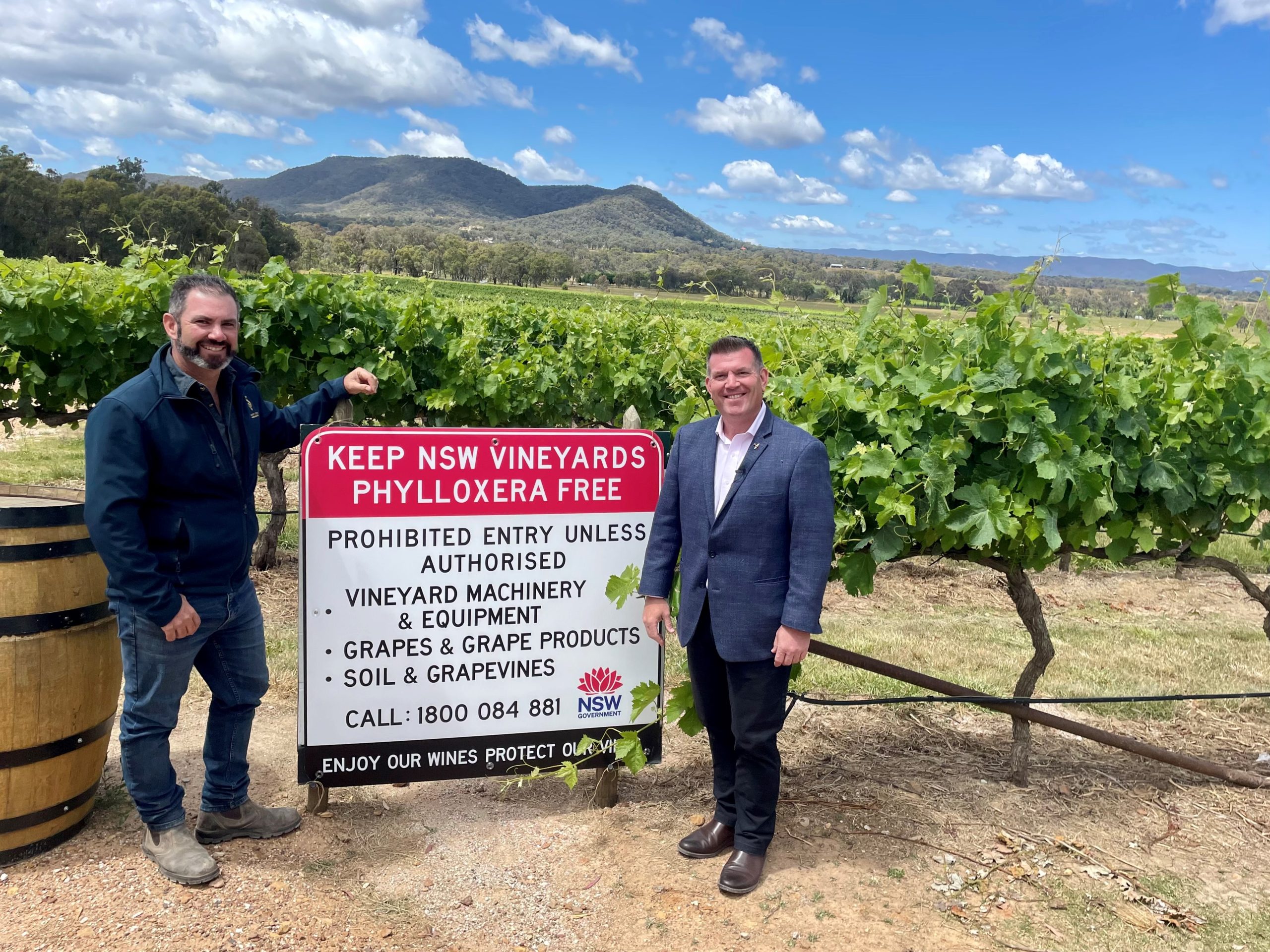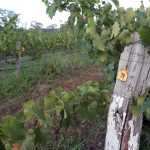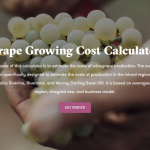Image: Minister Dugald Saunders with a new sign in Mudgee, NSW
The New South Wales Government, through a joint program with the NSW DPI, NSW Regional Roads and Transport and the NSW wine industry, will roll out new road signage as part of a larger program for increasing biosecurity preparedness, prevention and response capabilities for the grape and wine industry.
NSW Biosecurity has a primary aim of prevention, elimination and minimisation of biosecurity risks and these signs are one of the tools to be used to protect the oldest wine producing state in Australia from potential devastation and loss.
The NSW wine industry has a rich history going back over 200 years and is a major part of many rural regions across the state, contributes $14 billion to the NSW economy annually. Increasing biosecurity is an essential part of securing its future.
Currently there are only eight signs highlighting the threat of phylloxera to visitors across NSW. This new program will see 65 new biosecurity signs on the major road entrances to all 16 wine regions in the state.
Mark Bourne, president of the NSW Wine Industry Association (NSW Wine), who played a leading role in developing the project commented, “Biosecurity is an increasing and real risk to the future of the NSW wine industry, with a single outbreak of phylloxera likely to cost hundreds of millions of dollars and put at risk some of the oldest and most historic vineyards and wines in Australia”.
“We are a firm believer that prevention is better than cure, and this new biosecurity signage will play a role in increasing awareness and compliance around a risk that could devastate the NSW wine industry,” Bourne said.
The NSW wine industry produces a third of Australia’s wine from across its 16 wine regions and employs 53,000 (direct and indirect) people in regional NSW. The state’s wine industry produces 490 million bottles of wine every year and is the fourth largest agricultural exporter in the state.
New signage format, language and locations have been developed by both NSW Wine and the NSW Department of Primary Industry through a biosecurity framework that involves the co-managing and steering biosecurity across the sector.
In a statement, NSW Wine said the initiative is a prime example of its new strategy at work on the ground.
“Managing biosecurity is a shared responsibility between government, industry and the people of NSW, working together to protect the economy, environment and community from the negative impacts of plant pests and diseases in NSW,” the statement said.
Are you a Daily Wine News subscriber? If not, click here to join our mailing list. It’s free!





















